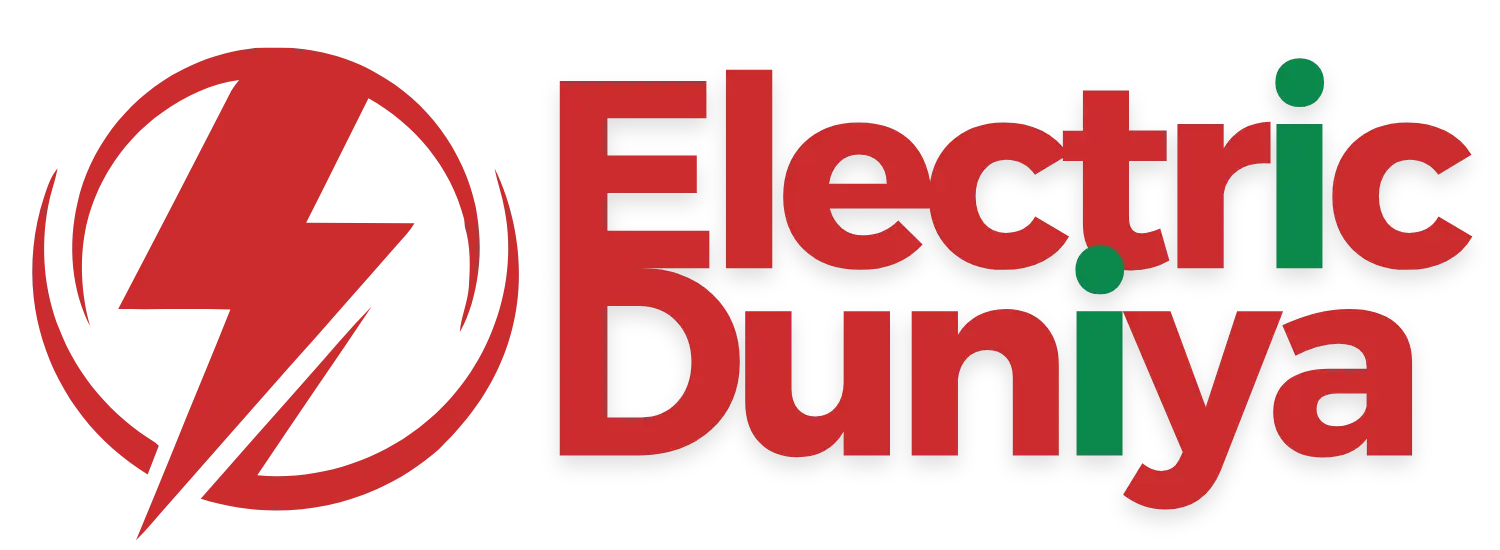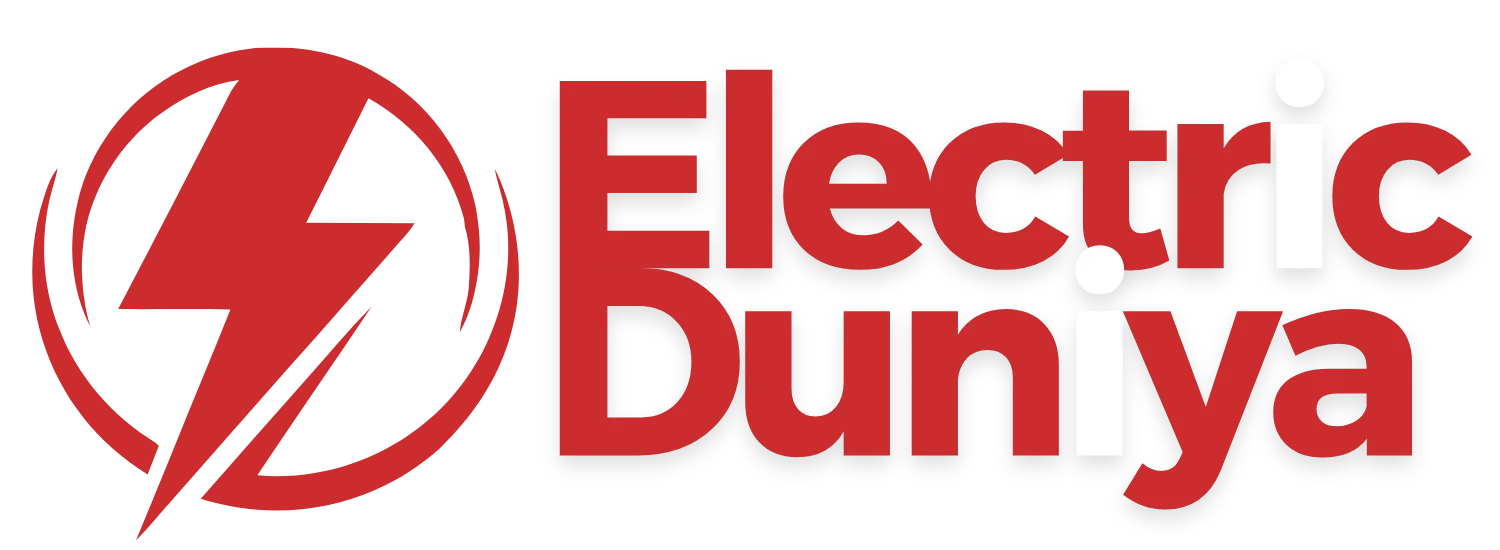When I first brought my Tata Nexon EV home, the excitement was real. But how do I get this thing charged at home?
I decided to call in a professional to install a Tata Nexon EV charger at home.
Watching the expert at work, I learned a lot about the process.
Now, I want to share that experience with you, step by step, so you can confidently set up your home charger for your Nexon EV.
By the end of this blog, you’ll have a clear understanding of requirements and the entire installation process.
Requirements for Installing Nexon EV Charger
When you’re installing a Nexon EV charger at home, there are a few things you need to make sure of.
You have to check your electrical system. Make sure your electrical panel can handle the 240V supply needed for the charger.
It’s a good idea to call in a professional electrician to confirm if your setup needs an upgrade.
You have to make sure that the company provides a 15A standard charger or you can use a 7.2 kW charger for your Tata Nexon EV.
Finally, find a certified electrician who has experience with EV charger installations.
This way, you ensure everything is installed safely and correctly.
Nexon EV Charger Installation Process
1. Choosing the Installation Site
When the electrician arrived, the first thing he did was check out the spot I had picked for the charger.
We discussed the importance of choosing a location close to my parking area that was also well-ventilated and protected.
He assured me that this would prevent overheating and keep the charger safe, no matter the weather.
2. Checking the Electrical Panel
The electrician carefully checked the electric panel to see if it could handle the extra load needed for the Tata Nexon EV charger.
Since the charger requires a 240V supply and its dedicated circuit, he stressed how critical this step was.
He explained that if the panel couldn’t support the load, it might lead to safety problems later on.
3. Upgrading the Circuit Panel
After looking at my electrical panel, the electrician realized an upgrade was necessary.
He told me this happens a lot, especially in older homes. So, he installed a new circuit panel dedicated to the charger.
He made sure it was up to the task, explaining that this would give the charger a stable power source and reduce the risk of overloading.
4. Mounting the Charger
With the electrical work underway, the next step was mounting the charger.
The electrician selected a solid spot on the wall, taking care to ensure the charging cable would easily reach my Tata Nexon EV.
He drilled into the wall and used heavy-duty screws to make sure the charger would stay securely in place, even with regular use.
5. Connecting the Wiring
The electrician carefully ran the wires from the charger to the new circuit panel.
He was meticulous about following all safety standards, making sure every connection was secure.
He pointed out that proper wiring was key to preventing electrical faults that could damage the charger or even be dangerous.
6. Testing the Charger
Once the wiring was done, it was time to test the charger.
The electrician hooked it up to the power supply and ran a series of tests.
He checked the charging speed, made sure all safety features were working, and confirmed there were no issues with the electrical connections.
He explained that this testing phase was crucial to ensure everything was set for regular use.
7. How to Use the Charger
Finally, the electrician walked me through the basics of using the charger.
He showed me how to plug it into my Tata Nexon EV, how to monitor the charging process, and what to watch out for in case something went wrong.
He also shared some tips on maintaining the charger, like checking the charging port and cable regularly for any faults.
Final Thoughts
I hope this blog helps with installing a Nexon EV charger at home charging.
You can’t install the Tata Nexon EV charger by yourself, but understanding the process helps a lot. You need a professional electrician.
Knowing these installation requirements and steps will help you work better with your electrician and make sure everything is done right.
The process for installing a home charger is the same everywhere and follows safety standards to ensure everything works smoothly.







